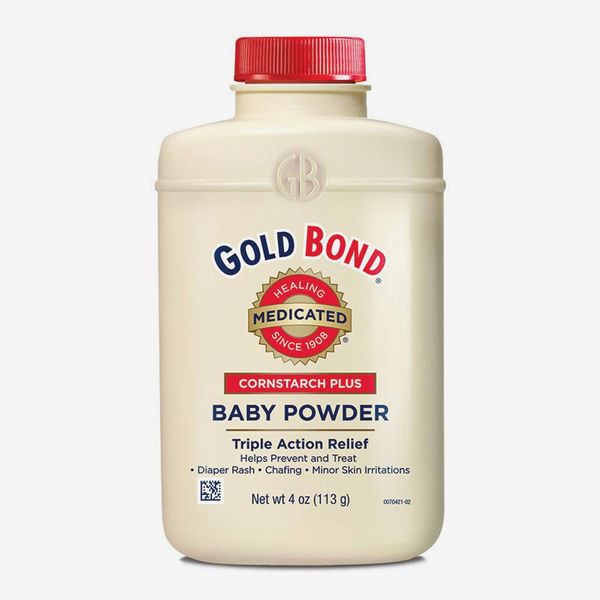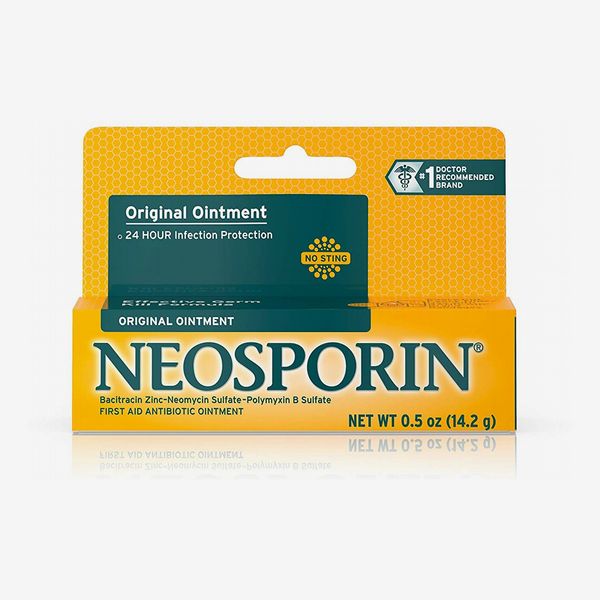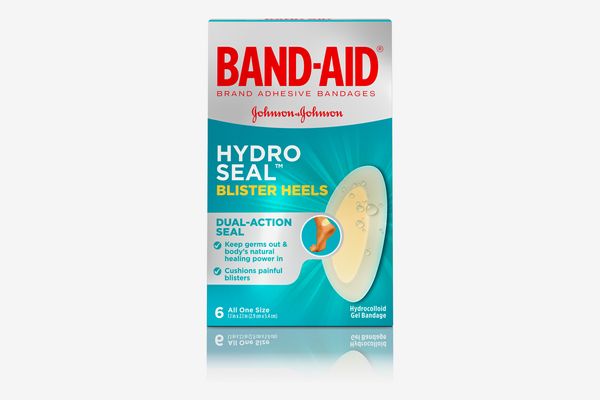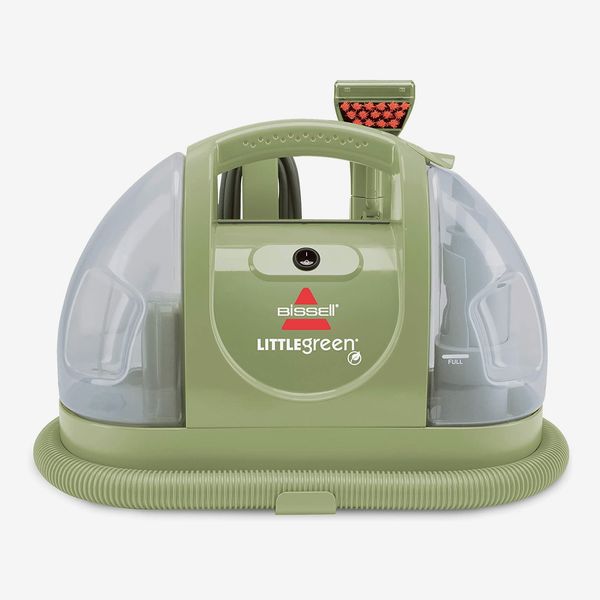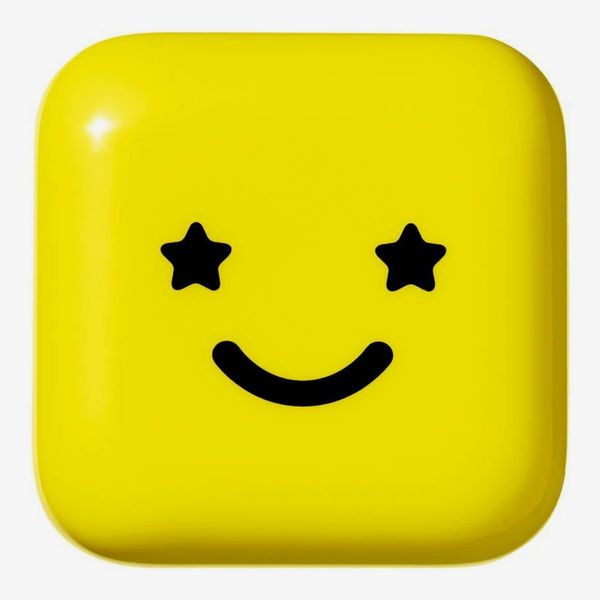
If you’ve ever happily stepped out of the house in a new pair of shoes only to limp home hours later in pain, you know shoes that are comfortable in the store don’t always feel that way after a full day of wear. Sometimes you even end up with blisters. “Blisters are fluid build-ups under the most superficial layers of skin,” says Jacqueline Sutera, a podiatric surgeon in New York and New Jersey. They’re caused by friction in the areas where your shoe rubs against your foot, says New York City sports podiatrist Lori Weisenfeld. She sees the most blisters at the start of sandal season, when many people are wearing fresh pairs for the first time.
According to podiatrist Michael J. Trepal, vice-president of academic affairs and academic dean at New York College of Podiatric Medicine, “The best means to deal with blisters is to prevent them in the first place by utilizing a combination of proper-fitting shoes and appropriate management of foot deformities.” Your podiatrist can treat those deformities, including bony prominences, like bunions, but you can also stretch out shoes on your own or with the help of a shoemaker. If those issues are addressed and you’re still having problems, check out the products below that doctors love for preventing and treating painful blisters.
Best for preventing blisters
“Preventing a blister is all about keeping that friction from happening in the first place,” says Weisenfeld. Her go-to solution, which Sutera likes as well, is moleskin, a thin layer of adhesive padding. Once you start feeling friction — say, the day you pull out those new strappy sandals for the first time this season — just put a little piece of moleskin over the irritated skin.
The back of the heel can be a common spot for blisters. Jacqueline Prevete, a podiatric surgeon at Foot and Ankle Surgeons of New York (FAASNY), recommends padding the inside heel of your shoes with these gel liners at the first sign of redness or irritation.
For blisters concentrated around the toes, Weisenfeld likes these “toe pouches,” which are filled with cushy gel and worn over your toes, kind of like a mini-sock. While not an option for open-toe shoes or sandals, these will hide nicely within a closed-toe mule or ballet flat.
Another way of reducing direct friction, according to foot and ankle surgeon Anuj Gogna of FAASNY, is to use a lubricating ointment that’ll help shoes glide over the feet. Weisenfeld suggests rubbing good old Vaseline on the toes. Prevete especially likes Body Glide, a longtime athlete-favorite for avoiding chafing.
When it comes to blisters, podiatric surgeon Krista Archer says, “a bit of perspiration is fuel to the fire.” Several podiatrists, like Jonathan Thurm of Tower Podiatry, recommend sprinkling baby powder on your feet to keep them dry. “Using foot powder can also help absorb perspiration and moisture,” Sutera says. She likes a medicated powder like Gold Bond, which is “tried and true to reduce friction and absorb moisture.”
If you’re getting blisters from sneakers while running or working out, make sure you’re wearing moisture-wicking socks to keep your feet dry. (Cotton holds on to sweat and feels sticky.) Weisenfeld says these toe socks are made from a sweat-friendly synthetic blend, plus they keep your toes from rubbing up against each other.
Best for treating blisters
As tempting as it may be, doctors advise against popping a blister yourself. “I have seen infections secondary to using contaminated sharp instruments, a.k.a. ‘bathroom surgery,’” says Archer. If you’re patient, Sutera says, “in a few days the blister will break and the fluid inside will drain on its own.” If you just can’t resist, though, Prevete says “you can attempt to drain the fluid yourself with a sterile needle while leaving the overlying skin intact.” That protective top of the blister is essential, Thurm says. Drain the blister from the side, at the place where healthy skin meets the blister, and let the bubble deflate. After that it’s important to “monitor for any signs of infection such as redness, swelling, or pus discharge,” Gogna says. However your blister is popped, podiatrists agree it’s essential to apply an antibiotic ointment, like Neosporin, afterwards. As podiatrist Yolanda Ragland, founder and CEO of Fix Your Feet explains, the ointment will “add another layer of microbial protection and keep the wound moist.”
As your blister heals, you need to keep it covered to protect it against infection. Archer likes these Nexcare bandages because they are especially “sticky,” keeping them from falling off even as your shoe rubs against your foot. And they’re waterproof.
Another option for shielding a blister (popped or unpopped) is one of these flexible Band-Aids that Prevete recommends. We like that they’re transparent, so they’re more discreet than Band-Aids. And they’re padded, so you don’t even feel your shoe bumping up against the blister with this extra cushiony layer.
The Strategist is designed to surface the most useful, expert recommendations for things to buy across the vast e-commerce landscape. Some of our latest conquests include the best women’s jeans, rolling luggage, pillows for side sleepers, ultra-flattering pants, and bath towels. We update links when possible, but note that deals can expire and all prices are subject to change.
Every editorial product is independently selected. If you buy something through our links, New York may earn an affiliate commission.





